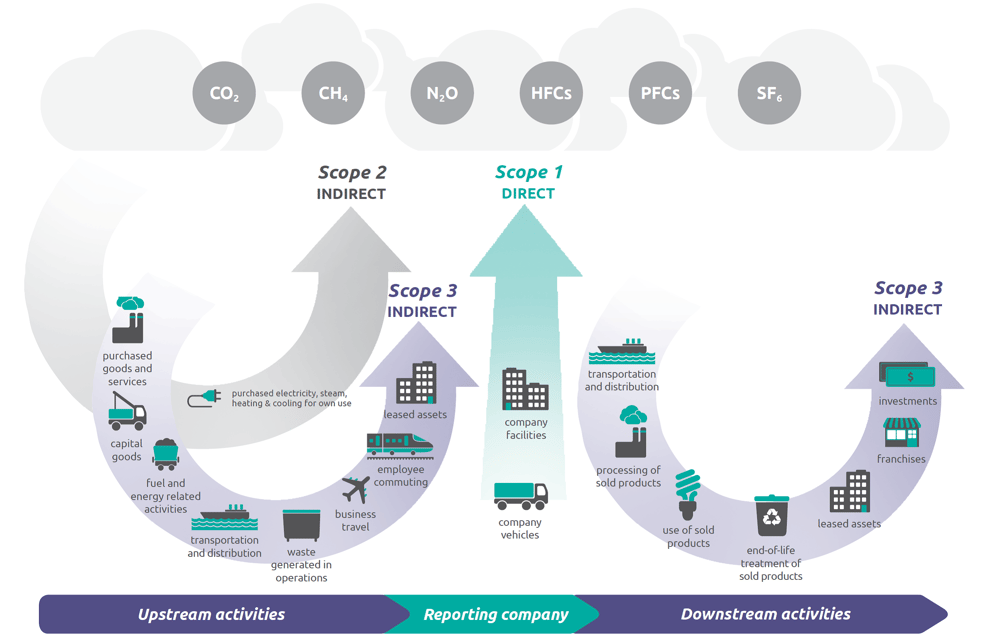The importance of data collection in carbon footprint calculation
Incomplete or inaccurate data hinders progress towards GHG reduction targets
The process of calculating greenhouse gas (GHG) emissions is critical for developing effective strategies to mitigate climate change. However, this process can be compromised by a poorly designed data collection process, resulting in incomplete or inaccurate data that can hinder progress towards achieving GHG reduction targets.
Identifying and collecting relevant data from various sources
To ensure accurate and reliable GHG emission calculations, it is essential to implement an effective and pragmatic data collection process. This involves identifying and collecting relevant data from various sources, including energy consumption data, fuel consumption data, process data, and other operational data. By prioritising the most critical sources of emissions, the data collection process can be both manageable and cost-effective while still providing accurate emissions estimates.
Prioritising data collection efforts based on different drivers
Understanding the different types of emissions is important because it helps organisations identify the sources of emissions and prioritise data collection efforts accordingly. For example, an organisation that primarily generates Scope 1 emissions may need to focus on collecting data related to energy consumption and fuel combustion, while an organisation that primarily generates Scope 3 emissions may need to focus on collecting data related to the production of purchased goods or services.

Source: WRI/WBCSD Corporate Value Chain (Scope 3) Accounting and Reporting Standard (PDF), page 5
The role of data management in developing effective sustainability strategies
Setting realistic and achievable targets with reliable data
Setting targets for GHG emission reduction is an important step towards achieving the goals of the Paris Agreement and limiting global warming to below 2 degrees Celsius. Targets provide a clear direction for organisations to work towards reducing their emissions and can be used to measure progress towards achieving these goals. Reliable data is essential for setting realistic and achievable targets, as it provides a baseline for understanding current emissions levels and simulate future realistic reduction objectives that can be attained.
Simulating the impact of different mitigation strategies
When done properly, data management will enable organisations to simulate the impact of different mitigation strategies. By understanding the emissions profiles of different activities and processes over time and understanding trends and evolutions, it is possible to model the impact of different mitigation strategies and identify those that are most effective at reducing emissions. This information is critical for decision-making, as it helps organisations to identify the most effective ways to reduce emissions while minimising costs and other negative impacts.
Historical data: a crucial source of information for financing transition plan
Using data to project future costs and identify potential funding sources
Simulating future investments to finance a climate transition plan involves using data to project future costs and identify potential funding sources. This will enable organisations to identify the amount of capital needed to achieve their climate goals and develop a financing strategy that aligns with their broader financial objectives.
Analysing past investments and costs related to climate change initiatives
Historical data on investments and costs can be a valuable resource for organisations as they develop and implement a climate transition plan. By analysing past investments and costs related to climate change initiatives, organisations can better understand the financial implications of their transition plan and simulate future investments needed to finance it. Investments and costs related to climate change initiatives can take many forms, including energy efficiency improvements, renewable energy installations, emissions reduction technologies, and carbon offsets. By analysing historical data on these investments and costs, organisations can identify patterns and trends that can inform their future investment strategies.










